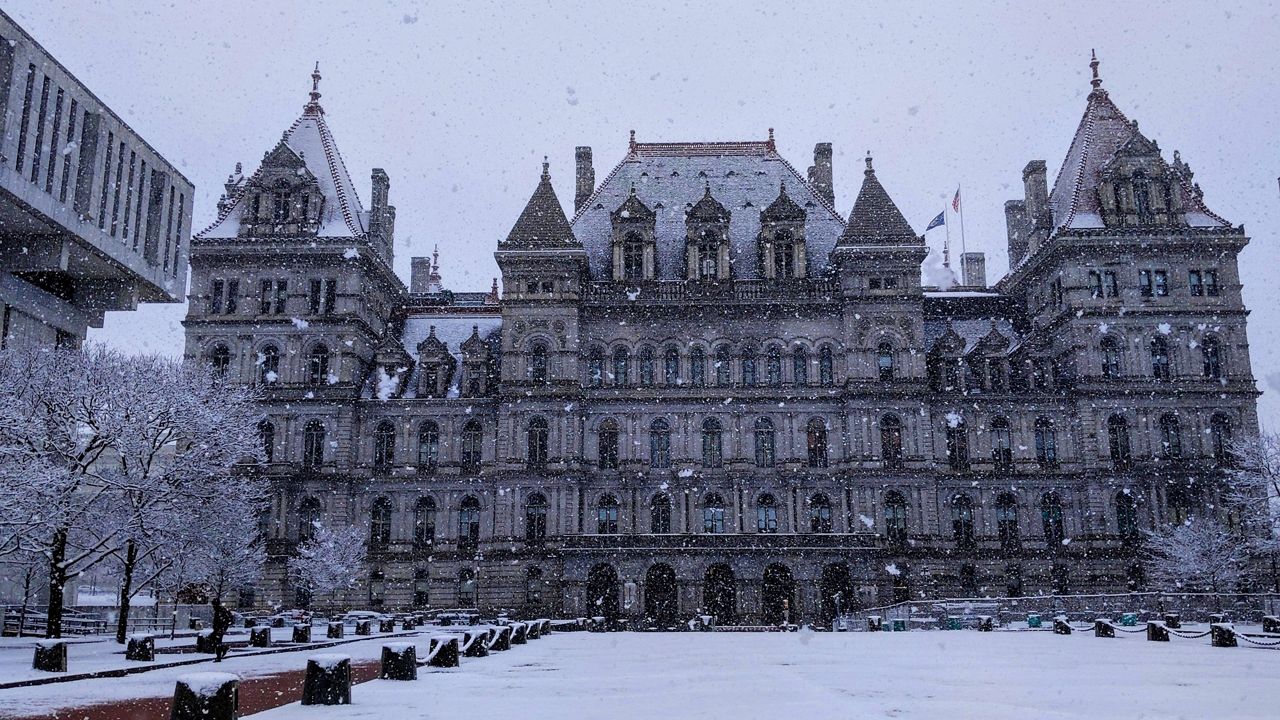Flush with COVID-19 relief dollars from the federal government, lawmakers are eager to draft a generous budget, and fulfill long-sought spending priorities in an election year.
In what’s known as their one-house budget resolutions, both the Senate and the Assembly have allocated billions of dollars for child care. The Assembly went with $3 billion, while the Senate is asking for $3.7 billion in the next fiscal year, which starts in April.
But that’s not a one-time payment with federal money. Legislators would have to fund the program year after year going forward. We asked the Assembly speaker if that was sustainable.
“We are well aware of that,” said Assembly Speaker Carl Heastie. “We think the expansion of child care is very important. Child care also helps with economic development. It allows people, particularly women to have care for their children and go into work. So child care is extremely important.”
Both houses also make a big investment in the state and city university systems. The Assembly gives SUNY and CUNY more than $900 million, and the Senate goes a step further, giving CUNY $1 billion and SUNY $1.2 billion
“With the state’s finances being in a strong position, we wanted to make investments, particularly in places that really chart our course for the future,” Heastie said.
But the state comptroller is warning that the money could soon run out, and lawmakers need to exercise restraint.
“The word of caution that I’ve been saying all along is even though revenues are coming in higher than anticipated, and we have the federal funding, if we are going to do additional spending beyond what the executive has proposed, be careful that it’s not recurring — unless you have the revenue to back that up,” said State Comptroller Tom DiNapoli.
Hochul had proposed taking the extra revenue, about $5 billion, and putting it in a reserve fund. Lawmakers want to spend a chunk of that instead.
“It is money that we are identifying as available for increases in expenditures that are quite broad, and quite transformative over any number of issues,” said State Senator Liz Krueger, a Democrat from Manhattan.
Both houses have allocated $1.25 Billion for the Emergency Rental Assistance Program, which helps New Yorkers who’ve fallen behind on their rent. The Assembly wants another $500 million for those who can’t pay utility bills. And the Senate has proposed lifting the state gas tax until the end of the year, to address rising prices.



